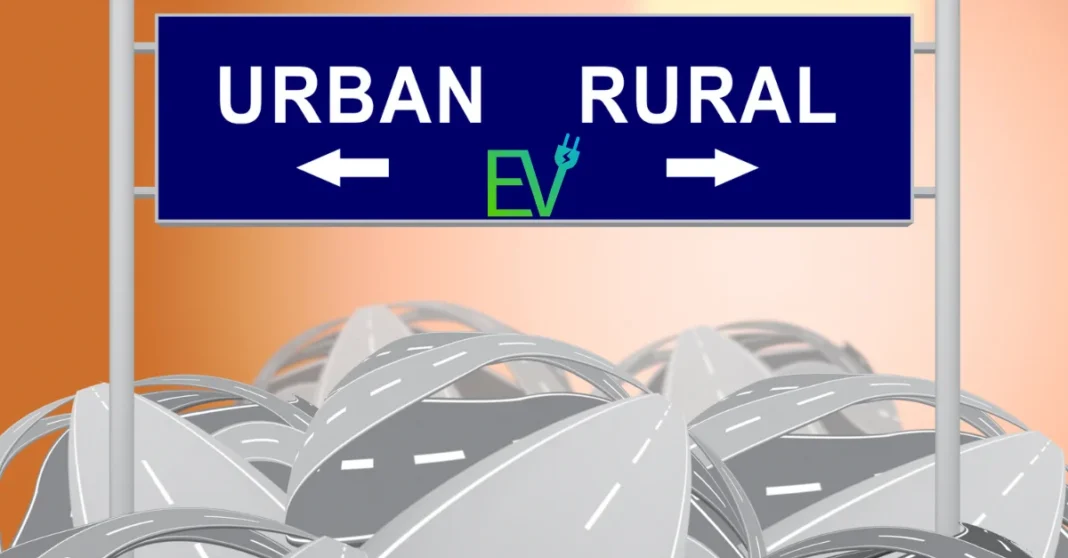As the world shifts towards more sustainable transportation solutions, electric vehicles (EVs) are at the forefront of this transition. However, the challenges and opportunities for EV adoption differ significantly between rural and urban areas. Urban centers typically benefit from higher population densities, more developed charging infrastructure, and greater public awareness of environmental issues, which can facilitate EV adoption. In contrast, rural areas often face obstacles such as limited access to charging stations, lower incomes, and concerns about practicality for long-distance travel. To effectively promote EV adoption, it is crucial to understand these differences and develop targeted strategies that address the specific needs of each community.
Urban Areas: Strategies and Opportunities
In urban environments, where charging infrastructure is often more developed, strategies for incentivizing EV adoption can focus on enhancing accessibility and convenience.
- Charging Infrastructure Expansion
- Public Charging Stations: Cities can invest in more public charging stations in strategic locations, such as parking lots, shopping centers, and workplaces, to alleviate range anxiety and encourage usage.
- Partnerships with Businesses: Collaborating with local businesses to install charging stations can enhance accessibility and provide incentives for customers to use EVs.
- Financial Incentives
- Tax Rebates and Credits: Urban residents can benefit from financial incentives like tax rebates or credits to reduce the upfront cost of EVs.
- Reduced Registration Fees: Some cities offer reduced vehicle registration fees for electric cars, making them more appealing financially.
- Public Awareness Campaigns
- Community Outreach: Engaging in community education campaigns to inform residents about the benefits of EVs, including cost savings and environmental impact, can increase adoption rates.
Rural Areas: Strategies and Challenges
Rural areas face distinct challenges that require tailored approaches to promote EV adoption effectively.
- Building Charging Infrastructure
- Local Charging Networks: Establishing charging stations along key rural routes and near community hubs is vital to alleviating concerns about range.
- Home Charging Solutions: Offering incentives for home charging installation, such as rebates for installing EV chargers, can help encourage adoption in areas with limited public infrastructure.
- Addressing Economic Barriers
- Financial Support Programs: Rural residents may have lower average incomes; thus, targeted financial assistance programs can help make EVs more affordable, such as low-interest loans or grants.
- Partnerships with Local Governments: Collaborating with local governments to offer incentives that resonate with rural residents, such as fuel savings comparisons or potential increases in property value due to EV adoption.
- Community Engagement and Education
- Localized Information Campaigns: Tailoring outreach efforts to address specific concerns of rural residents, such as the practicality of EVs for long-distance travel, can build trust and interest.
- Demonstration Programs: Organizing community events that allow potential buyers to test drive EVs and learn about charging options can help dispel myths and generate excitement.
Conclusion
Incentivizing EV adoption in rural versus urban areas necessitates distinct strategies that consider the unique challenges and opportunities each setting presents. By focusing on infrastructure development, financial incentives, and community engagement tailored to the specific needs of these populations, stakeholders can create effective pathways for increasing EV adoption across the board. As the transition to electric mobility continues, addressing these disparities will be essential for achieving broader sustainability goals and fostering equitable access to cleaner transportation options.
#EVAdoption #RuralVsUrbanEV #ElectricVehicles #RuralEVAdoption #UrbanEVRevolution #EVInnovation

